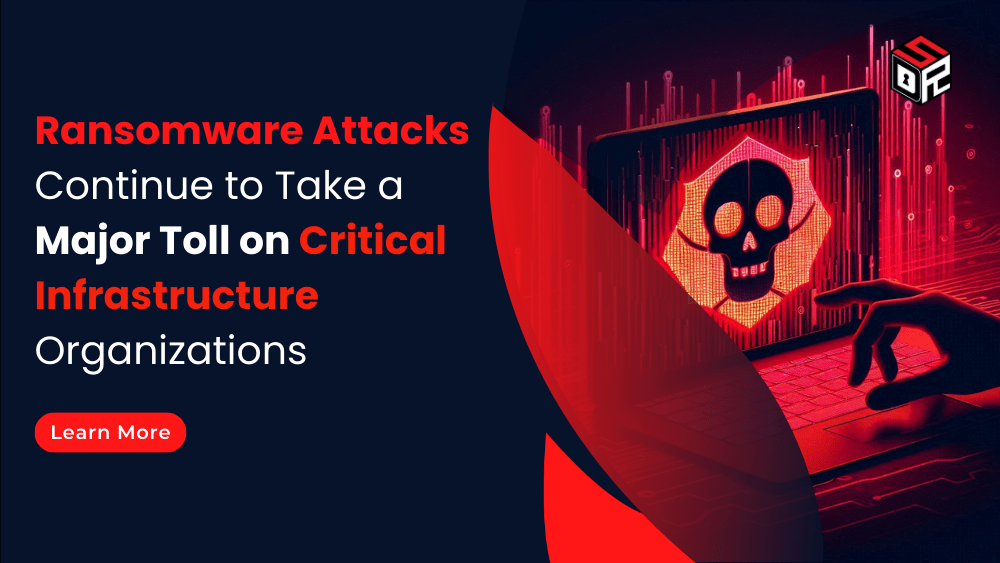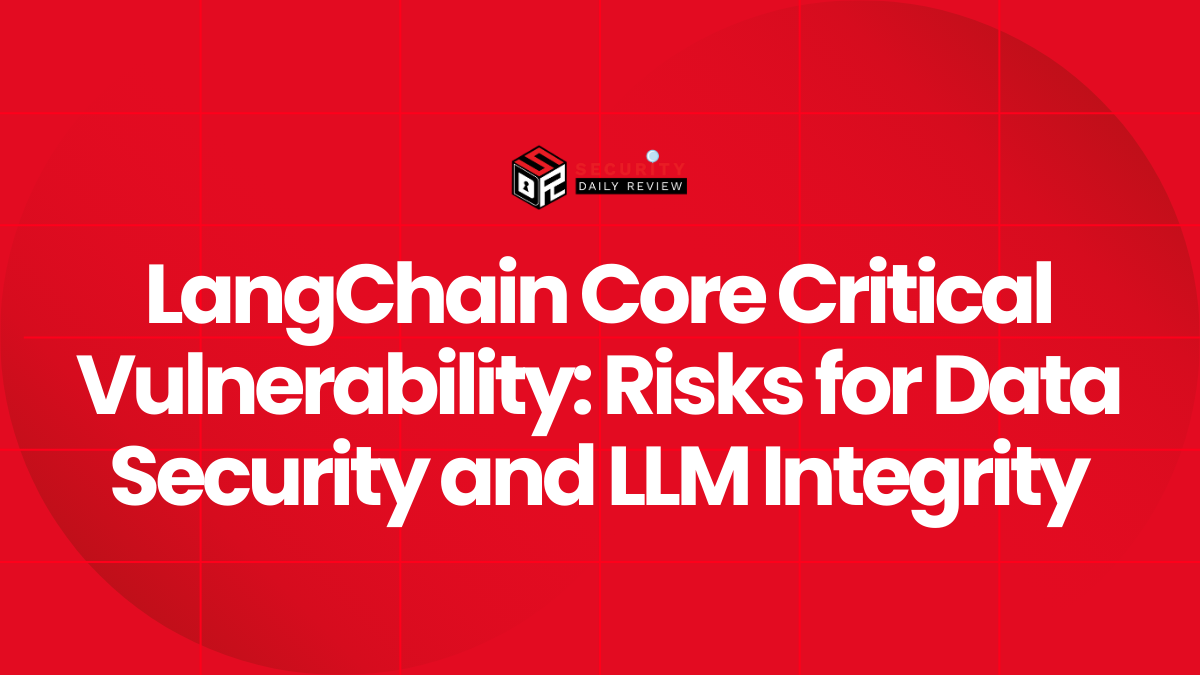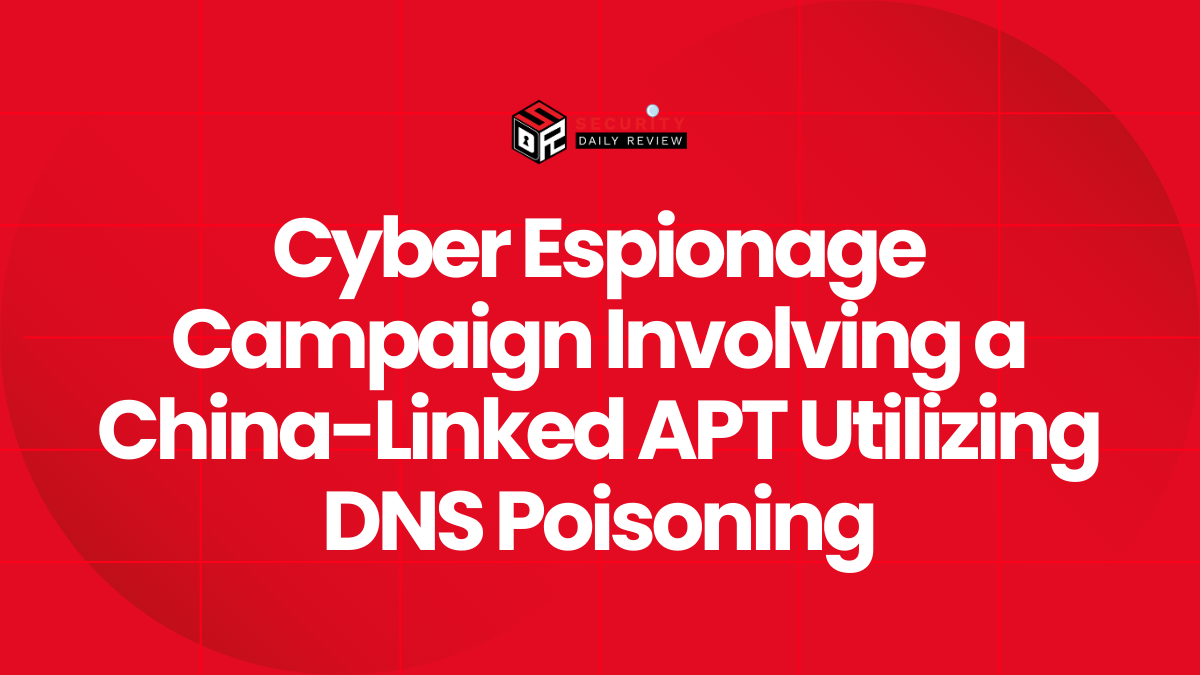Ransomware attacks targeting critical national infrastructure (CNI) organizations have reached alarming heights, with costs soaring to unprecedented levels. A new report from Sophos reveals a staggering increase in ransom payments, recovery costs, and the severity of these attacks. As these cyberthreats continue to evolve, it’s imperative for CNI organizations to prioritize data security and implement robust ransomware prevention measures to mitigate the potential risks and damages.
The Rising Costs of Ransomware for Critical National Infrastructure
Ransomware attacks targeting critical national infrastructure (CNI) organizations have skyrocketed in costs over the past year according to a new report from Sophos. Some key findings from the report include:
- The median ransom payments rose dramatically to $2.54 million in 2024, which is 41 times higher than the $62,500 median seen in 2023.
- The average ransom payment in 2024 was even higher at $3.225 million, still a significant increase from the $3.17 million average last year.
- CNI sectors like lower education and federal government reported the highest average ransom payments of $6.6 million. IT, tech and telecoms sectors paid less on average at $330,000.
- Recovery costs have also increased significantly across many CNI sectors. Some sectors saw recovery costs quadruple to a median average of $3 million per incident.
- Energy and water sectors saw the sharpest rise in recovery costs, now averaging over 4 times the global cross-sector median of $750k.
Ransomware Attacks Are More Successful and Damaging
In addition to rising costs, the Sophos report found that ransomware attacks are becoming more damaging and disruptive:
- Attacks disrupted 67% of organizations in the energy and water sectors, compared to the global average of 59%.
- These sectors took the longest on average to recover from ransomware attacks, with only 20% recovering within a week compared to 41% last year and 50% the year before.
- 55% of energy and water organizations now take over a month to recover, up from 36% last year.
- Exploited vulnerabilities were the top cause of CNI ransomware attacks, accounting for half of incidents in 2024 compared to 35% in 2023.
- Despite increased recovery times and costs, 61% of victims still paid the ransom demand, suggesting that paying does little to speed up recovery.
Improving Data Security and Ransomware Prevention
Based on the continued severity of ransomware attacks targeting critical sectors, organizations must focus on bolstering their data security posture and ransomware prevention capabilities:
- Prioritize vulnerability management and patching of internet-facing systems to minimize entry points.
- Implement multi-factor authentication, strict access controls, endpoint detection and response capabilities.
- Regularly backup and test recovery of critical data and systems stored both online and offline.
- Develop incident response plans and train employees to recognize and report phishing attempts or other suspicious activity.
- Consider prohibiting ransomware payments which only incentivize further attacks with little guarantee of real recovery benefits.
- For critical infrastructure sectors, compliance with new regulations like the UK’s Security and Resilience Bill could help drive necessary security improvements across organizations.
Summary
As attacks grow more sophisticated and disruptive, organizations must make data security and ransomware prevention a top strategic priority to avoid catastrophic operational and financial damages. A layered defense-in-depth approach is critical to minimize vulnerabilities criminals can leverage.









